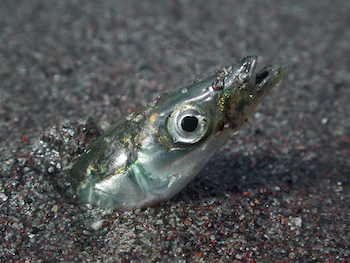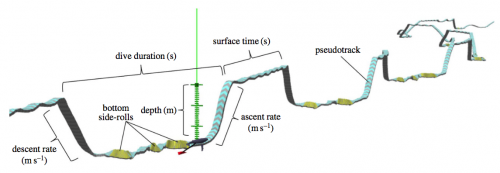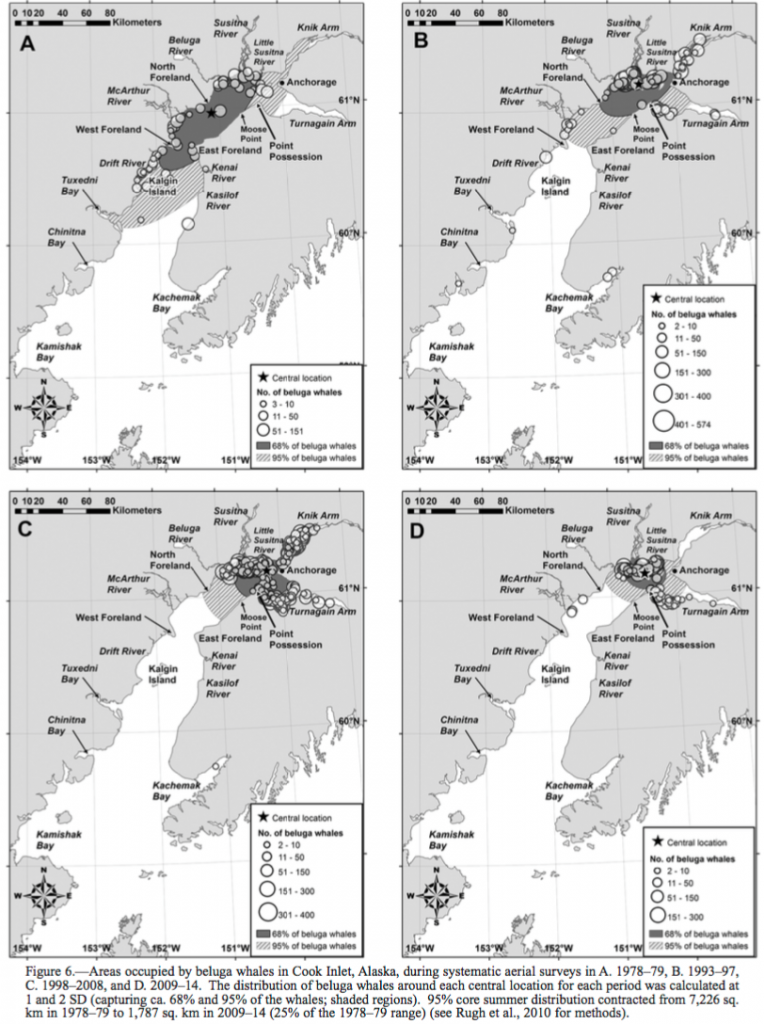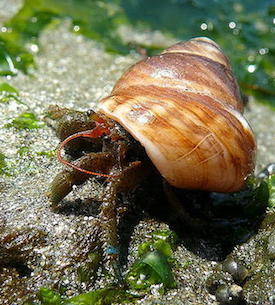Not OK!—Military jets mar Olympic National Park wilderness experience
Human impacts, News, Wildlands Comments Off on Not OK!—Military jets mar Olympic National Park wilderness experiencePat McMahon says it so well that I’ll simply reprint this letter to the editor, published in the Peninsula Daily News:
LETTER: Jet noise takes away from natural beauty
Olympic National Park has lost a vital component with the persistent sounds of jets overhead.
Many of us visit national parks as a way to balance the rigors of everyday life with an experience of wilderness and solitude.
During the last week of June, while participating in the annual sea otter census near Hoh Head north of the Hoh River, my colleague and I experienced persistent and loud military jet noise. The noise would suddenly erupt as the aircraft transitioned from land to sea. One of the abrupt sounds echoed such that we thought we might be experiencing the beginnings of a landslide. During the three days I participated in the sea otter census, we experienced persistent, loud jet sounds most of the day.
One week later while backpacking with my grandchildren at Toleak Point, we experienced the same persistent, loud jet noise. It was not what I was expecting on a coastal wilderness hike in Olympic National Park.
We have suffered a loss in Olympic National Park, where you will no longer be able to get lost in the natural sounds of moving water and marine animals. When you least expect it, the loud sounds of military aircraft will take you away from peacefulness and remind you of the reality of everyday life. There are over 7 billion humans on our planet now, and we need quiet natural places more than ever. Someplace to go where your spirit can regenerate.
It is so sad that we have lost this component of Olympic National Park.
Pat McMahon,
Sekiu, Washington

 A new study looks for the first time at the impact of human noise on an important type of humpback whale foraging activity, bottom-feeding on sand lance. The research took place in the Stellwagen Bank National Marine Sanctuary in the southern Gulf of Maine, where humpback whales routinely do deep dives at night, rolling to their sides when they reach the bottom to forage for the small fish.
A new study looks for the first time at the impact of human noise on an important type of humpback whale foraging activity, bottom-feeding on sand lance. The research took place in the Stellwagen Bank National Marine Sanctuary in the southern Gulf of Maine, where humpback whales routinely do deep dives at night, rolling to their sides when they reach the bottom to forage for the small fish.

 This post from NRDC
This post from NRDC